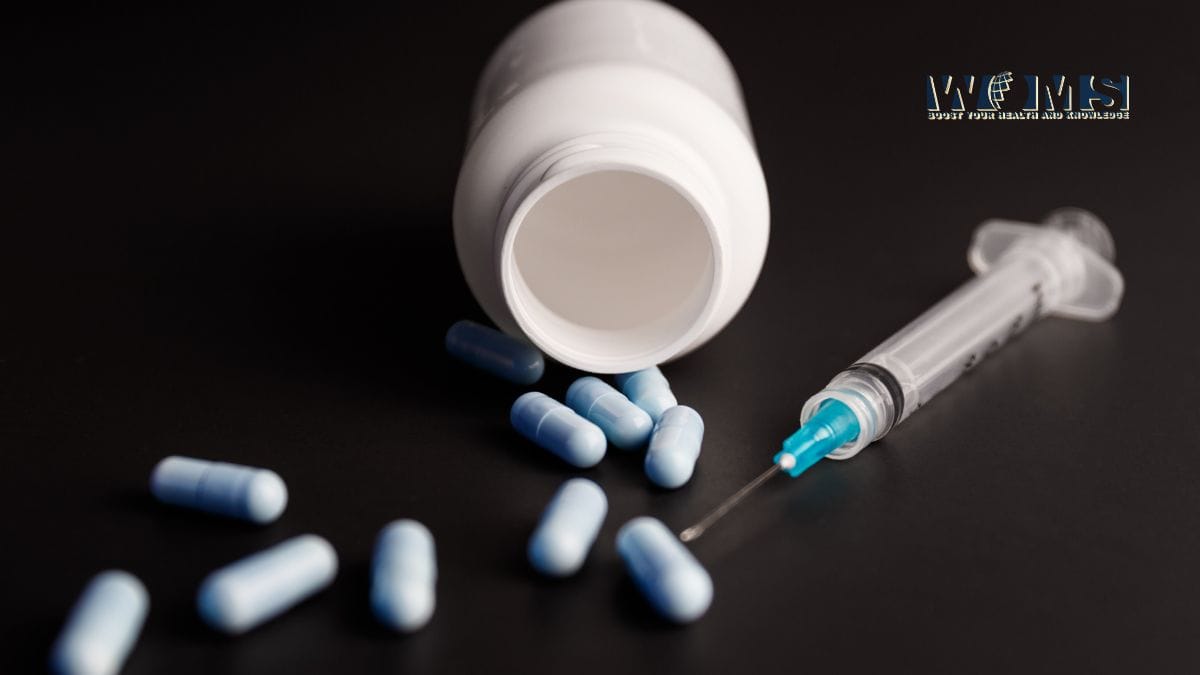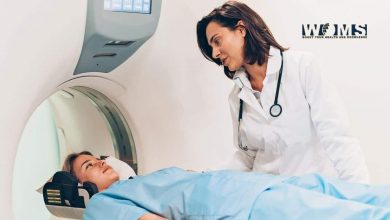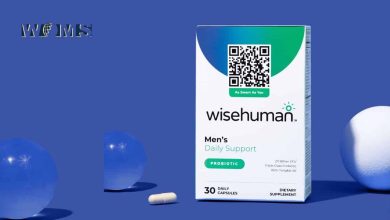The Long Road to Healing: How Opioid Addiction Affects the Body and Physical Recovery

Opioid addiction is a global health crisis affecting millions of individuals worldwide. While much focus is placed on the emotional and psychological toll of addiction, the physical effects of prolonged opioid use are often overlooked. Opioids not only hijack the brain’s reward system but also inflict widespread damage on multiple systems in the body. For those in recovery, understanding and addressing these physical impacts is essential for long-term healing.
The Impact of Opioid Use on the Body
The body undergoes significant changes during opioid addiction, many of which persist even after the individual stops using the drug. Here are some of the primary physical effects:
Neurological Changes
Opioids target the brain’s opioid receptors, responsible for regulating pain, reward, and emotions. Over time, chronic opioid use alters the brain’s natural ability to produce endorphins—its pain-relieving chemicals—leading to dependence on external opioids for relief. This rewiring of the brain makes withdrawal and recovery particularly challenging, as the brain struggles to restore its natural balance.
In addition, opioid use can impair cognitive function, including decision-making, memory, and emotional regulation. These effects may continue long after drug use has stopped, often making the early stages of recovery especially difficult. Over time, however, the brain exhibits neuroplasticity, meaning it can gradually rebuild these neural pathways, though the process can take months or even years.
Damage to Vital Organs
Long-term opioid use can cause damage to critical organs, including the liver, kidneys, and heart. Opioids like heroin are often mixed with toxic substances, which can harm the liver and lead to conditions such as hepatitis or liver failure. Even prescription opioids, when misused, can cause similar damage due to the body’s inability to break down high doses of these drugs safely.
Cardiovascular problems are also common among opioid users. Opioids slow heart rate and lower blood pressure, increasing the risk of heart infections (especially among intravenous drug users) and respiratory problems. These effects can lead to more serious conditions like heart failure, especially when compounded by unhealthy lifestyles during active addiction.
Suppression of the Immune System
Prolonged opioid use weakens the immune system, making individuals more susceptible to infections and diseases. The suppression of the immune system occurs because opioids interfere with the body’s ability to produce certain white blood cells, which are essential for fighting off infections.
For intravenous opioid users, the risk of infection is even higher due to the possibility of contracting diseases like HIV or hepatitis C through shared needles. Infections such as abscesses, cellulitis, and endocarditis (infection of the heart’s inner lining) are also more common in individuals who use opioids intravenously.
Gastrointestinal Issues
One of the most well-known physical side effects of opioid use is chronic constipation. Opioids slow down the digestive tract’s motility, leading to uncomfortable and sometimes dangerous gastrointestinal problems. This can cause bloating, pain, and, in severe cases, bowel obstruction. Many recovering individuals struggle with lingering gastrointestinal issues, even after stopping opioid use, making proper diet and hydration essential for recovery.
The Body’s Healing Process During Recovery
Once an individual begins recovery from opioid addiction, the body begins to heal. However, this process is often slow, requiring time, support, and the right strategies. The physical toll opioids take on the body may not be immediately reversible, but with consistent care, significant improvements can be made.
Neuroplasticity: Healing the Brain
One of the most encouraging aspects of recovery is the brain’s ability to heal. Over time, the brain’s natural production of endorphins and dopamine can gradually restore itself, though this process varies from person to person. Many people experience post-acute withdrawal syndrome (PAWS), a condition where they continue to have symptoms like anxiety, depression, and irritability, even after detox.
Cognitive rehabilitation exercises, a balanced diet, and consistent sleep can aid brain recovery. Additionally, activities that promote neuroplasticity, such as mindfulness meditation, learning new skills, and engaging in regular exercise, have been shown to help the brain’s healing process.
Rebuilding Organ Function
While the damage opioids inflict on the liver, kidneys, and heart can be serious, many people see improvement in these organs’ functioning once they stop using opioids. Proper medical care is critical during this phase of recovery. Regular check-ups with healthcare providers, including liver function tests, kidney assessments, and cardiovascular screenings, can help detect and treat any long-term damage.
Individuals in recovery can also promote healing by adopting a healthier lifestyle. A balanced diet rich in nutrients, regular physical activity, and avoiding substances like alcohol or tobacco can support the body’s ability to repair itself.
Strengthening the Immune System
Recovering individuals can improve immune function through healthy lifestyle choices, such as proper nutrition, regular sleep, and physical activity. If the immune system has been severely compromised, medical intervention may be required to treat chronic infections or illnesses.
Proper hydration and a balanced diet that includes plenty of antioxidants, vitamins, and minerals can give the immune system the fuel it needs to recover. Quitting smoking and avoiding environments that expose individuals to infections can also significantly reduce health risks.
Supporting Physical Healing: Practical Strategies
The road to physical recovery is long, but certain strategies can make the process more manageable:
- Nutrition: A well-balanced diet helps the body rebuild vital organs and tissues. Incorporating foods rich in antioxidants, proteins, and healthy fats can accelerate the healing process.
- Exercise: Regular physical activity can improve circulation, support cardiovascular health, and promote endorphin production, which helps alleviate some of the lingering withdrawal symptoms.
- Sleep: Quality sleep is essential for healing, particularly for the brain and immune system. Individuals in recovery should aim for 7-9 hours of sleep each night to support the body’s natural repair processes.
- Medical Care: Continued medical supervision is critical. Regular health check-ups can help monitor recovery progress, detect any ongoing damage, and adjust treatments as needed.
The Challenge of Recovering
Recovering from opioid addiction is a challenging process that involves both mental and physical healing. The damage opioids inflict on the body can be profound, affecting the brain, organs, immune system, and more. However, the body can gradually heal with time, medical care, and the right lifestyle changes. By understanding the physical toll of opioid addiction and embracing a holistic recovery approach, individuals can support their bodies as they rebuild strength and resilience on the path to long-term sobriety.




